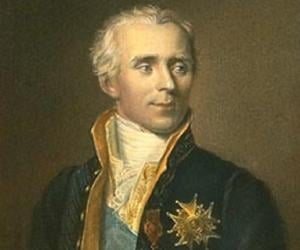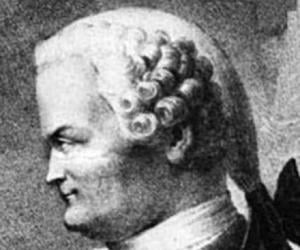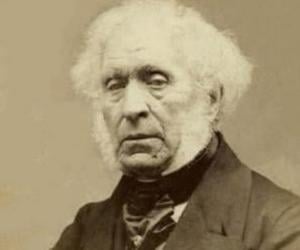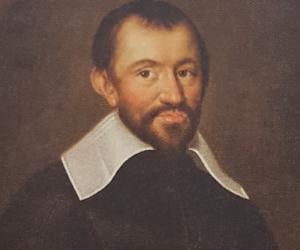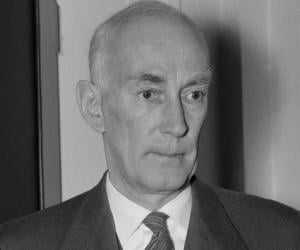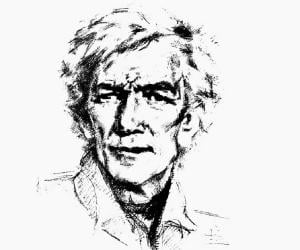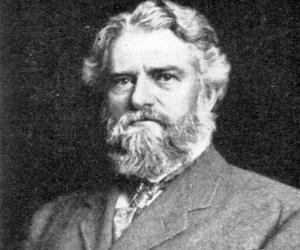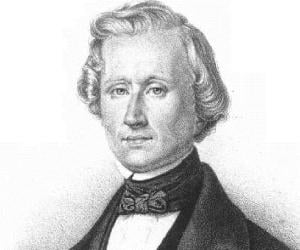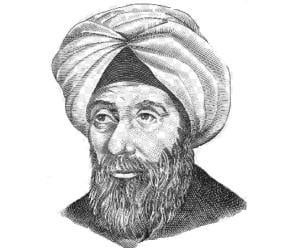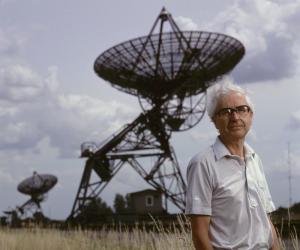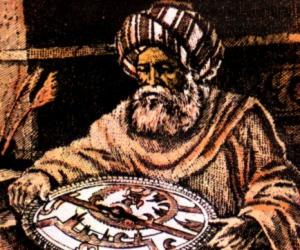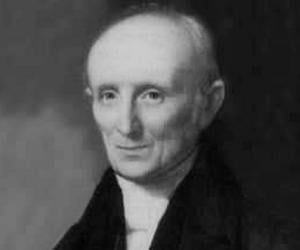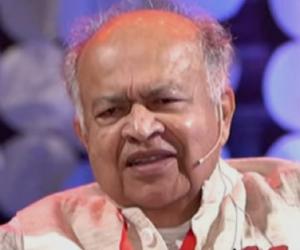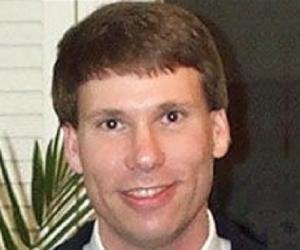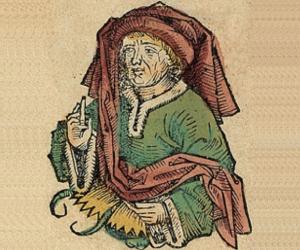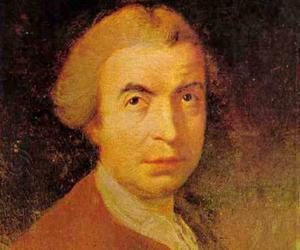Quick Facts
French Celebrities Born In March
Also Known As: Pierre-Simon, marquis de Laplace
Died At Age: 77
Family:
Spouse/Ex-: Marie-Charlotte de Courty de Romanges
Astronomers Mathematicians
Died on: March 5, 1827
place of death: Paris, France
Notable Alumni: University Of Caen
More Facts
education: University Of Caen
Childhood & Early Life
Pierre-Simon Laplace was born on March 23, 1749, in Beaumont-en-Auge, a village in Normandy, France, to Pierre de Laplace, owner of small farms of Maarquis, and his wife, Marie-Anne Sochon.
Despite his family’s poor financial condition, Laplace was able to receive a good education courtesy his wealthy neighbors. His father wanted him to be ordained in the Roman Catholic Church and thus sent him to Caen University to study theology at the age of 16. But, Laplace developed a keen interest in mathematics.
At the age of 19, he dropped out of college and moved to Paris where he worked as a professor of mathematics at the École Militaire from 1769 to 1776. During this time, he published several papers regarding integral calculus, mechanics and physical astronomy, which gained him much acclaim all over France.
Career
In 1771, his early published work focused on differential equations and finite differences. Subsequently, he started to think about the mathematical and philosophical concepts of probability and statistics.
In 1774, his paper titled ‘Mémoire sur la probabilité des causes par les événements’ was published. Two years later, he published another paper which further elaborated his statistical thinking and also began his systematic work on celestial mechanics and the stability of the solar system.
During 1784–87, he worked on the subject of attraction between spheroids which laid the mathematical foundation for the scientific study of heat, magnetism, and electricity.
In 1796, he published ‘Exposition du système du monde (The System of the World)’, which included his ‘nebular hypothesis’.
Between 1799 and 1825, he published five volumes of ‘Traité de mécanique céleste (Celestial Mechanics)’, which summarized the results obtained by his mathematical development and application of the law of gravitation.
In 1812, he published his comprehensive research in mathematics titled ‘Théorie analytique des probabilités (Analytic Theory of Probability)’. Another major work on the theory of probability, titled ‘Essai philosophique sur les probabilités (A Philosophical Essay on Probability)’ was published in 1814.
He theorized the existence of black holes, suggesting that there could be massive stars whose gravity is so great that not even light could escape from its surface. He also stated the fact that the speed of sound in air depends on the heat capacity ratio.
His other discoveries in pure and applied mathematics include Laplace’s method for approximating integrals, solution of the linear partial differential equation of the second order, and general proof of the Lagrange reversion theorem.
Major Works
Pierre-Simon Laplace is highly regarded for his influential five-volume treatise ‘Traité de mécanique céleste’ (Celestial mechanics; 1799-1825), which developed a strong mathematical understanding of the motion of the heavenly bodies. He established that the small perturbations observed in the orbital motion of the planets will always remain small, constant and self-correcting.
He formulated Laplace’s equation, and pioneered the Laplace transform which appears in many branches of mathematical physics. The Laplacian differential operator, widely used in mathematics, is also named after him.
Awards & Achievements
In 1806, Laplace was elected a foreign member of the Royal Swedish Academy of Sciences.
In 1822, he was appointed a Foreign Honorary Member of the American Academy of Arts and Sciences.
Personal Life & Legacy
In March 1788, he married Marie-Charlotte de Courty de Romanges, a girl from Besançon who was twenty years younger to him. The couple had a son, Charles-Émile, and a daughter, Sophie-Suzanne.
Pierre-Simon Laplace died on March 5, 1827, in Paris, France, at the age of 77. After he died, his physician, François Magendie, removed Laplace’s brain which was later displayed in a roving anatomical museum in Britain.
Facts About Pierre-Simon Laplace
Pierre-Simon Laplace was known for his incredible memory and was able to recite entire books word for word.
Laplace was a skilled mathematician and astronomer, but he also had a passion for botany and enjoyed studying plants in his free time.
Despite his impressive intellectual abilities, Laplace was known to be quite humble and approachable, often taking the time to help and mentor younger scientists.
Laplace was a pioneer in the field of probability theory and made significant contributions to the understanding of statistical distributions and their applications.
Laplace was known for his love of music and was an accomplished amateur musician, often playing the flute in his leisure time.
See more:


